 I love to take inspiration for my cookie designs from nature. There’s an imperfect quality to organic objects that I find very forgiving; things don’t have to be perfectly straight, smooth, or symmetrical. So I try to pay extra special attention to the world around me when I’m out walking my dogs. Right now, however, there’s no extra special attention necessary. The birds around my house will not be ignored. The chorus of chirping is so loud that my husband (who works from home) has had to explain the noise to his coworkers during conference calls. Not that I’m complaining. I think the birds’ singing is at once both calming and invigorating, a perfect soundtrack for cookie decorating.
I love to take inspiration for my cookie designs from nature. There’s an imperfect quality to organic objects that I find very forgiving; things don’t have to be perfectly straight, smooth, or symmetrical. So I try to pay extra special attention to the world around me when I’m out walking my dogs. Right now, however, there’s no extra special attention necessary. The birds around my house will not be ignored. The chorus of chirping is so loud that my husband (who works from home) has had to explain the noise to his coworkers during conference calls. Not that I’m complaining. I think the birds’ singing is at once both calming and invigorating, a perfect soundtrack for cookie decorating.
- 2 x 3-inch (5 x 7.6-cm) rectangular cookie, flooded with white royal icing and completely dry
- Large flat (1-inch) paint brush
- Blue gel paste coloring diluted with alcohol or water1 (I used Sugarflair Aztec Blue.)
- Royal icing (I used AmeriColor gel paste coloring):
- Thick flooding-consistency taupe (2 parts Ivory/1 part Chocolate Brown/1 part Leaf Green)
- Tips:
- PME #1 (or equivalent)
- Parchment paper
- Spotter (18/0) and flat angled (3 mm) paint brushes2
- "Paint" (gel pastes diluted with alcohol or water)3:
- Dark gray (1 part Wilton Black/1 part Wilton Brown/1 part Wilton Copper/1 part AmeriColor Bright White)
- Light brown (1 part Wilton Brown/1 part AmeriColor Bright White)
- White (AmeriColor Bright White)
- Reddish brown (1 part Wilton Brown/1 part Wilton Copper/1 part AmeriColor Bright White)
- Brown (Wilton Brown)
- Black (Rainbow Dust Metallic Black; This product comes in "paint" consistency and does not need to be diluted.)
Paint and Brush Notes:
1. I prefer to use alcohol to dilute my paints because it evaporates quickly, minimizing the likelihood that the paint will erode the icing. For the blue background paint, I added the alcohol to a dish with the blue gel paste, but I didn't mix the two together. The alcohol pooled around the gel paste and dissolved it slightly, leaving a very diluted, light blue paint.
2. To give you a clearer picture of the brush types and sizes that I used, here's a visual.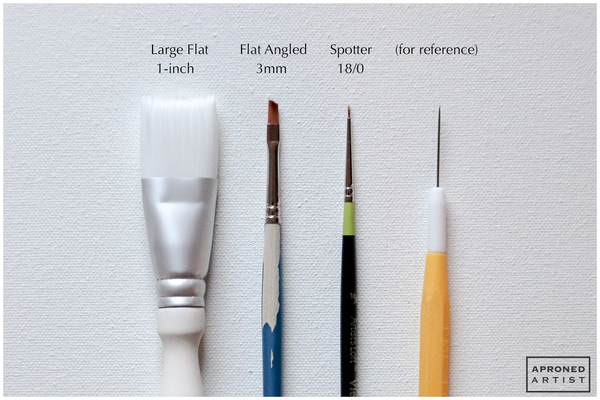
3. Add enough alcohol (or water) to make these paints the consistency of heavy cream; the quantity will vary depending on the concentration of the gel pastes. If you use alcohol, you will need to periodically add more alcohol as it evaporates to maintain this consistency.
Now, we're ready to go!
Step 1: Paint background
a. We'll start by painting the rectangular cookie. Dip a large flat paint brush into the blue gel paste diluted with alcohol or water. Dab the brush on a paper towel to remove excess liquid. Paint a thin wash of blue over the entire flooded cookie using random, short brush strokes. Continue until the brush is dry and you can no longer see obvious brush strokes on the cookie. Repeat the process if you feel that you need more coverage.
Step 2: Pipe bird and wing royal icing transfer
a. Using thick flooding-consistency taupe royal icing and a PME #1 tip (or equivalent), pipe a small triangular beak in the top left region of the cookie. Allow the icing to set up for a couple of minutes before proceeding with the body. (This way, the beak will remain distinct from the body.)
b. Use the same icing and tip to pipe the bird’s body. Keep in mind that the bird is flying so its body should be long and thin, kind of like a corn dog. [EDITOR'S NOTE: Great visual! LOL!]
c. On a piece of parchment paper, use the same icing and tip to pipe the bird’s wing. Try to keep the wing in proportion to the bird’s body; the width should cover most of the bird’s torso, and the length should extend from the top of the bird’s body to just above the bottom edge of the cookie. Allow the icing on the cookie and the wing transfer to dry completely.
Step 3: Paint bird’s body
(Before you begin painting, I highly recommend reading Honeycat Cookies’ Handpainted Robin Cookie tutorial and watching the accompanying video. Lucy’s video is a great resource to see painting in action.)
a. Dip your spotter brush into the dark gray paint, and then remove some of the paint by dabbing the brush lightly on a paper towel. (Always remove extra paint before applying any to your cookie; it’s far better to add a second coat than it is to have excess paint running all over your cookie.) Paint the beak of the bird, adding more concentrated color on the tip and edges.
b. For the breast of the bird, begin by loading the spotter brush with a small amount of light brown paint. Gently dab the paint along the bird’s breast, beginning at the lower throat and ending where the tail feathers meet the body. Let some of the background color peek through to make the little painted dabs look more like feathers.
c. Again using the spotter brush, add a few little dabs of very diluted dark gray paint just along the throat and the bottom of the breast.
d. With the same spotter brush, highlight the entire breast area with dabs of white paint.
e. Now using the flat angled brush, paint a light coat of reddish brown on the top of the head and neck. (It helps to look up some pictures of sparrows’ markings for reference.)
f. With the spotter brush, dab some more concentrated reddish brown paint and then some brown paint along the cap you just painted in Step 3e.
g. Using the spotter brush and the black paint, dab a mask beneath the reddish brown cap, stretching a little ways down the throat. Use the same brush and paint to dab a cheek beneath the curve of the mask.
h. To complete the head, carefully dab white paint in the empty areas of the face and along the neckline.
i. Load the flat angled brush with light brown paint. Then, dip just the top tip of the brush in the dark gray paint. Paint the tail of the sparrow, holding the brush so that the bristles with the dark gray sit at the top edge of the tail. The resulting stroke should have a dark (but somewhat blended) stripe along the top of the tail.
j. Using the spotter brush, dab light brown paint along the bird’s back.
k. Add some dabs of reddish brown paint along the front half of the bird’s back.
l. Finally, add just a few dabs of dark gray paint below the neckline.
After many little dabs, the dry bird body should look something like this:
Step 4: Paint wing royal icing transfer
a. When outstretched, birds' wings typically have areas of colored feathers along the shoulder, dark feathers below the colored feathers, and lighter feathers that stretch out toward the tips. (Again, it’s helpful to have some reference images.) With the spotter brush and the dark gray paint, apply a few light guidelines to indicate the different areas. (These lines will get covered.)
b. Paint the bottom portion of lighter feathers with the flat angled brush and light brown paint.
c. Using the spotter brush and dark gray paint, add some dark outlines to demarcate the individual feathers.
d. Use the flat angled brush to gently blend the outline with the light brown paint by brushing along each individual feather. (If the paint has become too dry, dip your brush in more light brown paint before blending.)
e. Use the flat angled brush and the dark gray paint to fill in the dark feather section on the left edge of the wing.
f. Add definition to the dark feathers with the spotter brush and more concentrated dark gray paint.
g. Move on to the largest section of colored feathers (directly adjacent to the dark feathers painted in Step 4f). Paint two rows of feathers in this section with the flat angled brush and the reddish brown paint. Leave a thin row of space beneath each reddish brown section.
h. Fill in the empty spaces beneath the reddish brown sections using the spotter brush and white paint.
i. Move on to the last remaining section. Paint three rounded rows of feathers with the spotter brush and reddish brown paint, leaving empty space below each row.
j. Fill in the empty space using the spotter brush and black paint.
k. Return to the largest section of colored feathers (which should be dry by now). Use the spotter brush and black paint to add definition between the reddish brown feathers.
l. Return to the section of lower feathers. Add definition around the feathers’ bottom edges with the spotter brush and the dark gray paint.
Step 5: Attach wing transfer
a. Once the paint has fully dried, remove the painted wing transfer from the parchment paper. Gently position the transfer on the bird cookie, adjusting the angle until you’re happy with the placement. Find a suitable item to support the wing so that it appears as if the bird is flying. (I used an old rose icing transfer to prop up my wing.) Use thick flooding-consistency taupe royal icing and a PME #1 tip (or equivalent) to pipe a thin line of icing on the underside of the wing where it will attach to the body.
b. Attach the wing to the body in a propped position, allowing it to dry completely with the prop in place. Once dry, you can remove the prop.
Our little sparrow is ready to fly!
By varying the position and angle of the wings, you can make a whole flock of birds in mid-flight.
Source: @Lucy (Honeycat Cookies), What's New, Honeycat? Handpainted Robin Cookie

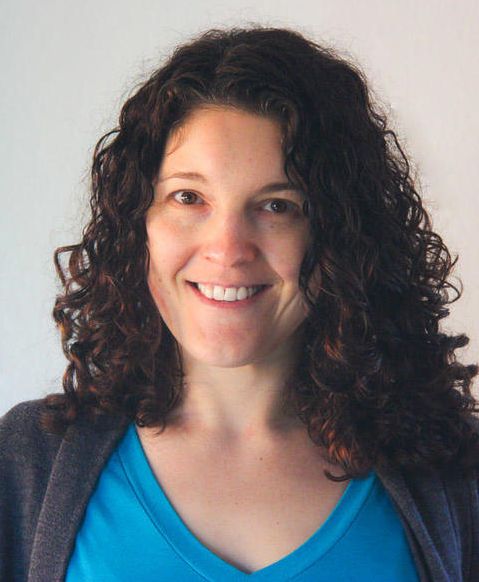
Samantha Yacovetta began cookie decorating in 2013. While working at a local bakery, Samantha became captivated by cookie art when a customer requested princess-themed cookies. Attracted initially to the precision of cookie decorating, Samantha soon found that the limitless design opportunities turned it into her artistic passion. Samantha began regularly stocking the bakery case with decorated cookies and for several years sold cookies through her own company, Aproned Artist, a cottage food operation. Having retired from the business life, Samantha now enjoys making cookies just for fun from her home in San Jose, California, USA. To learn more about Samantha, please check out her Cookie Connection portfolio, her Facebook page, and her past Every Little Detail tutorials here.
Photo and cookie credits: Samantha Yacovetta
Note: Every Little Detail with Aproned Artist is a monthly Cookie Connection blog feature written by Samantha Yacovetta focused on the special little details that make big statements in cookie design. This article expresses the views of the author, and not necessarily those of this site, its owners, its administrators, or its employees. To read all of Samantha's past Every Little Detail tutorials, click here. And to see all of Cookie Connection's tutorials, click here.



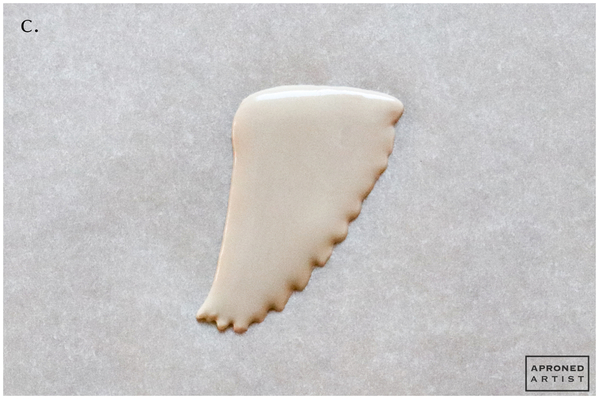
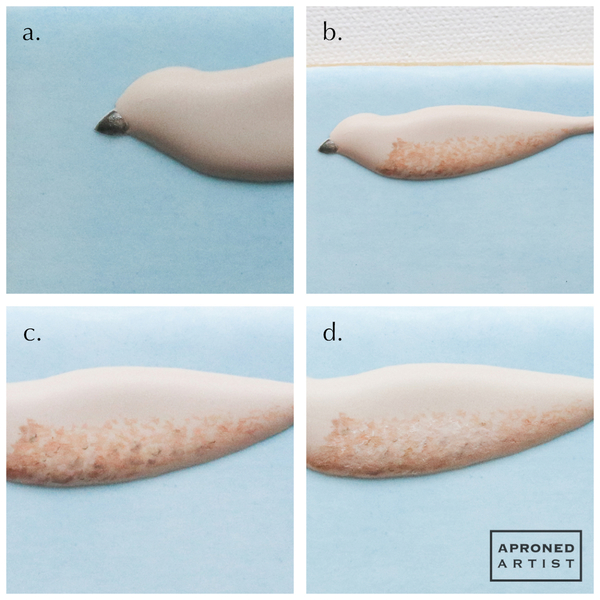


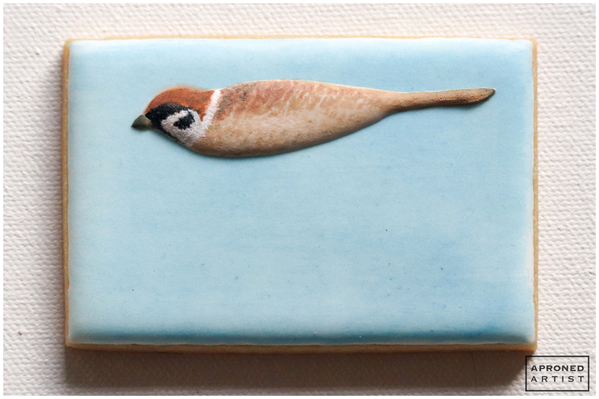
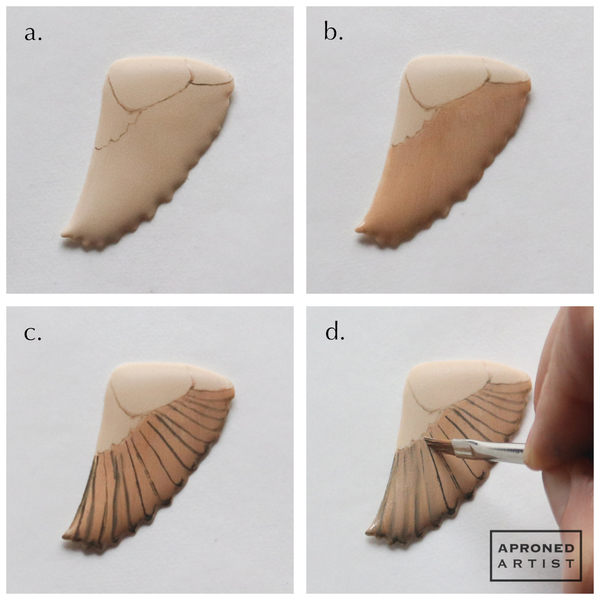
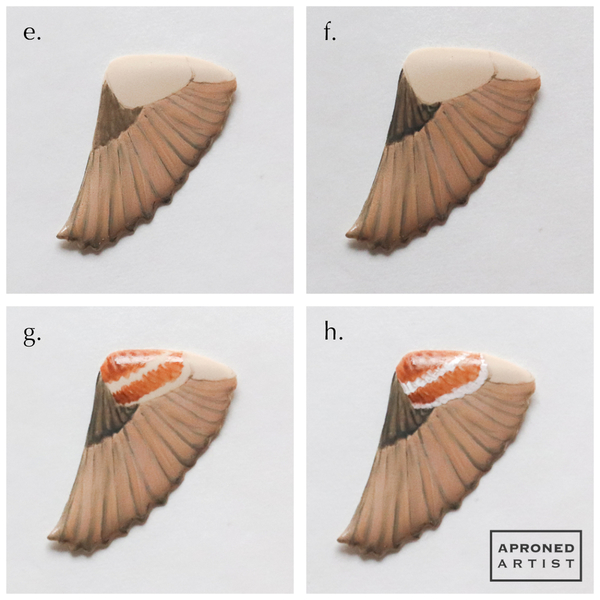
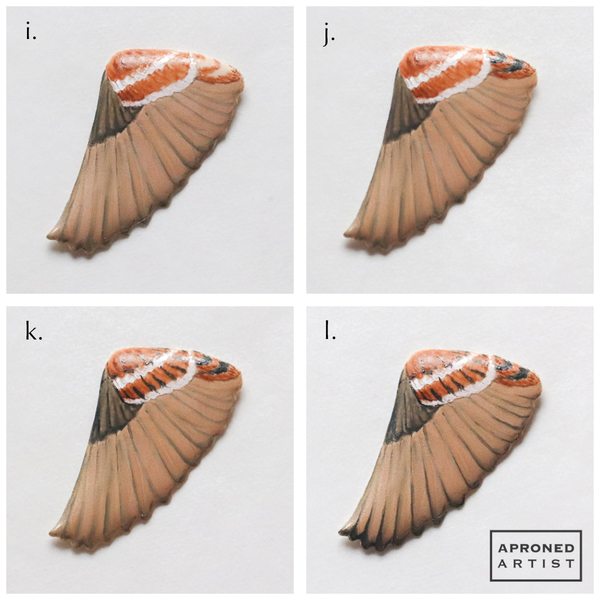
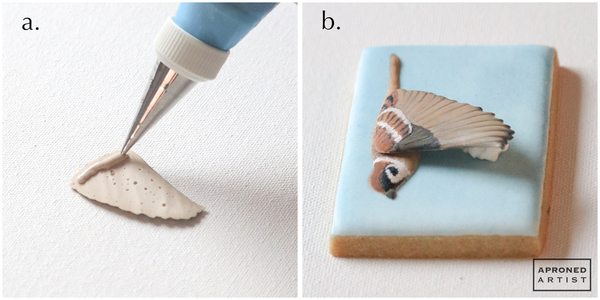
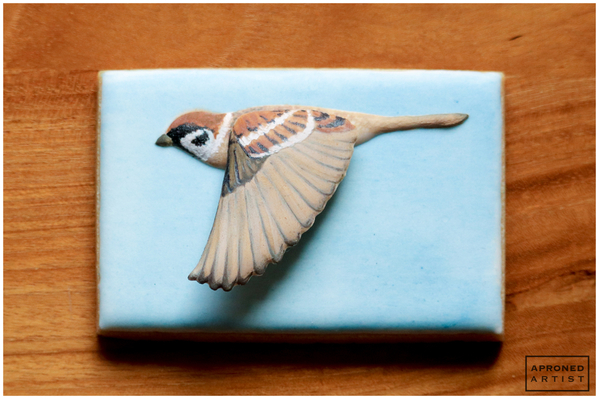
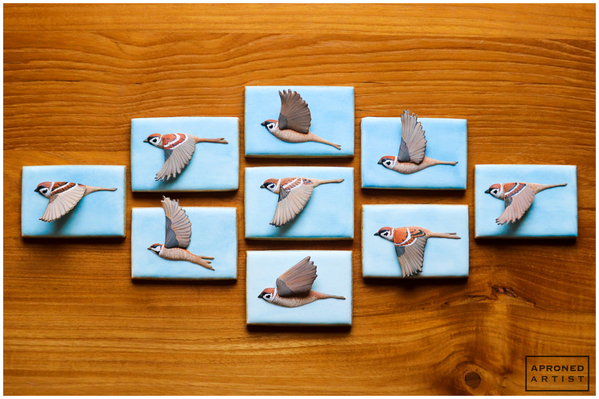
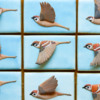

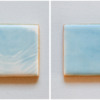
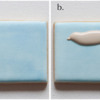
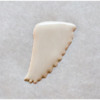
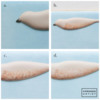

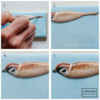

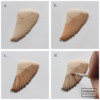
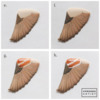

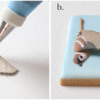
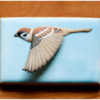
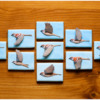
Comments (50)